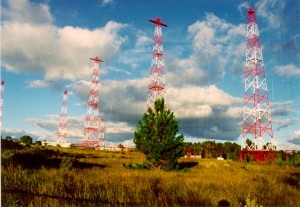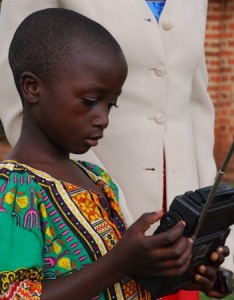
“No shrimp? No problem!” Pirates on board! (Original source: Wikimedia Commons)
“We’re shrimpin,’ but they’re not bitin’!”
Last night, a very unique pirate radio station emerged from the static on 6,925 kHz USB: Shrimp Boat Radio. It seems a shrimp boat radio pirate found himself bored on board, due to a lack of shrimp–but his boredom became our gain with an offer to talk shrimpin,’ fishin,’ or just take music requests…live.
This is the stuff great pirate radio is made of. He started with a request for the Rolling Stones; next Black Cat Radio‘s Greaser Bob chimed in with a request for GNR. And there began an evening of pirate radio with live on-air requests.
You can tell that this was a completely impromptu production–and it was all the better for it. Not too long into the show, he took on the alternate name Freakin’ Awesome Radio (WFAR).
Hearing a live pirate radio request show was a first for me, and the sort of thing that gets this “content DXer” enthused. I’m glad I had the tape rolling! I hope he reappears on the band in the future.
Note that I start the recording at the very first announcement from WSBR. If you want to skip to the first music request, fast-forward to about 11 minutes into the recording (you’ll miss some great banter, though). There are a few long breaks of static in the recording where this pirate scrambled to find and play music requests, but this just adds to the authenticity.
Click here to download the full recording of Shrimp Boat Radio, or simply listen via the embedded player below. Enjoy!

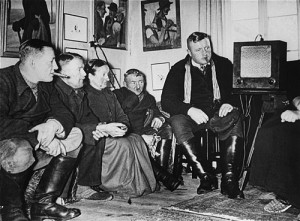
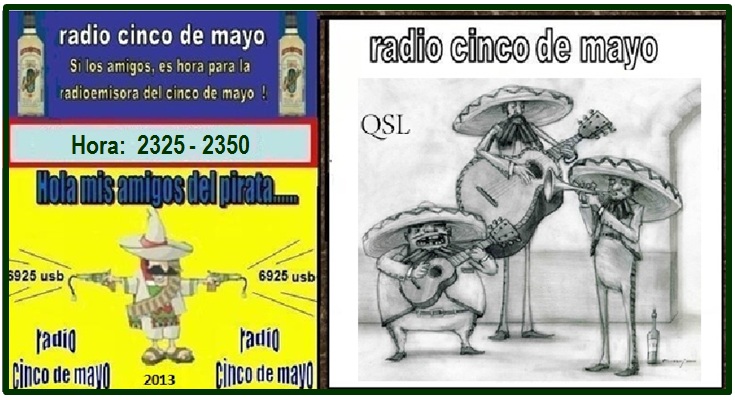
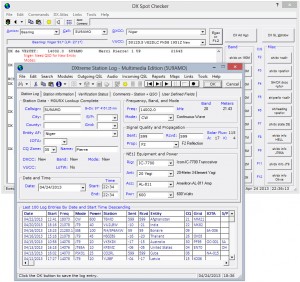
 From May 19th until June 9th, 2013, PCJ Radio International will be conducting a number test transmissions from Trincomalee, Sri Lanka. Here are the details:
From May 19th until June 9th, 2013, PCJ Radio International will be conducting a number test transmissions from Trincomalee, Sri Lanka. Here are the details: